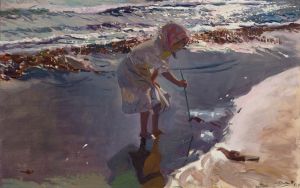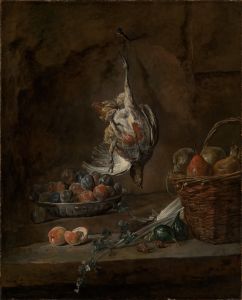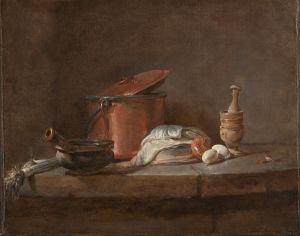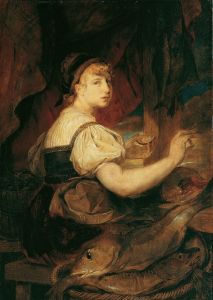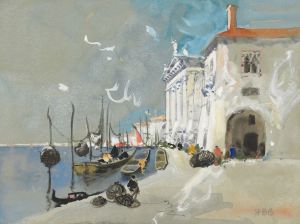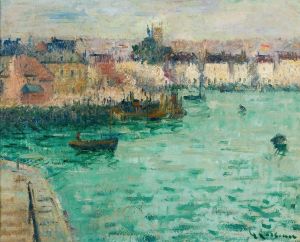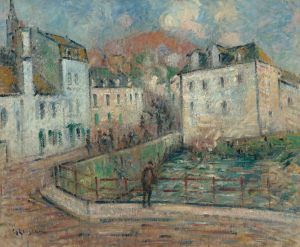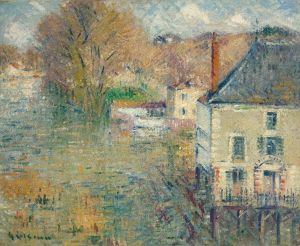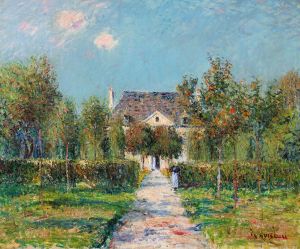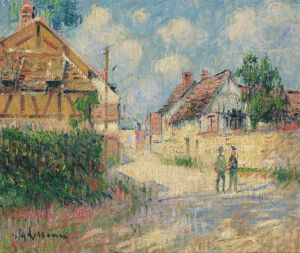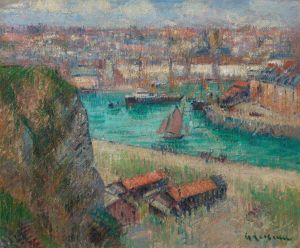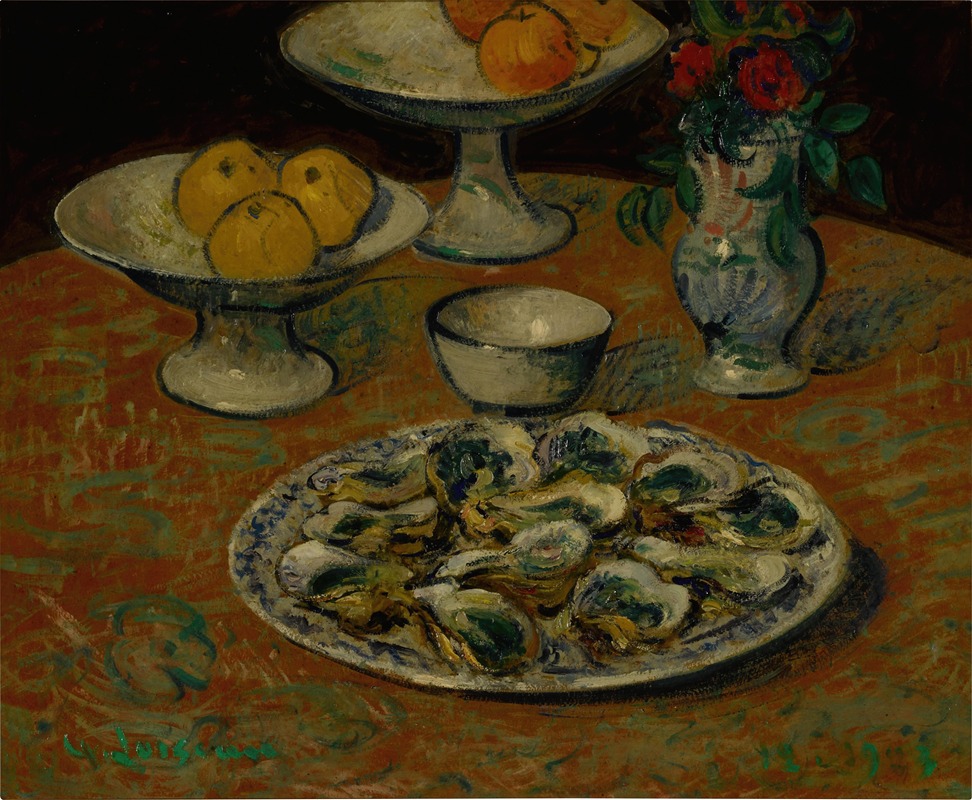
Nature morte, huîtres, fruits et fleurs
A hand-painted replica of Gustave Loiseau’s masterpiece Nature morte, huîtres, fruits et fleurs, meticulously crafted by professional artists to capture the true essence of the original. Each piece is created with museum-quality canvas and rare mineral pigments, carefully painted by experienced artists with delicate brushstrokes and rich, layered colors to perfectly recreate the texture of the original artwork. Unlike machine-printed reproductions, this hand-painted version brings the painting to life, infused with the artist’s emotions and skill in every stroke. Whether for personal collection or home decoration, it instantly elevates the artistic atmosphere of any space.
Gustave Loiseau was a French Post-Impressionist painter known for his landscapes and still-life compositions. Born on October 3, 1865, in Paris, Loiseau developed a distinct style characterized by his use of color and light, which was influenced by the Impressionist movement. He was particularly noted for his ability to capture the essence of the French countryside and the changing seasons.
"Nature morte, huîtres, fruits et fleurs" is one of Loiseau's still-life paintings. While specific details about this particular work are limited, it is representative of Loiseau's broader oeuvre in still-life painting. His still-life compositions often feature a harmonious arrangement of everyday objects, capturing the textures and colors with a keen eye for detail.
Loiseau's approach to still life was influenced by his training and the artistic environment of his time. He studied at the École des Arts Décoratifs in Paris and later under the tutelage of Fernand Quignon. His early work was influenced by the Impressionists, and he became associated with the Post-Impressionist movement, which sought to build upon the Impressionists' exploration of light and color while incorporating more structure and form.
In "Nature morte, huîtres, fruits et fleurs," Loiseau likely employed his characteristic brushwork, which often involved short, rhythmic strokes that created a sense of movement and vibrancy. This technique allowed him to convey the interplay of light and shadow, giving his still-life compositions a dynamic quality. The choice of subjects—oysters, fruits, and flowers—reflects a traditional theme in still-life painting, where artists explore the beauty and transience of natural objects.
Loiseau's still lifes, including "Nature morte, huîtres, fruits et fleurs," demonstrate his ability to balance composition and color. He often used a palette that included both muted and vibrant tones, creating a sense of depth and harmony. The arrangement of objects in his still lifes was carefully considered, with attention to the interplay of shapes and the distribution of light across the canvas.
Throughout his career, Loiseau exhibited his work in various salons and galleries, gaining recognition for his contributions to the Post-Impressionist movement. His paintings were well-received for their ability to capture the essence of the French landscape and the subtle beauty of everyday objects. While he is primarily known for his landscapes, his still-life paintings remain an important part of his artistic legacy.
Gustave Loiseau continued to paint until his death on October 10, 1935. His work is held in numerous public and private collections, and he is remembered as a significant figure in the development of Post-Impressionism. "Nature morte, huîtres, fruits et fleurs" exemplifies his skill in still-life painting, showcasing his ability to transform simple subjects into compositions of enduring beauty and interest.





